Koi colorful Butterfly - Cyprinus carpio
incl. VAT plus shipping costs
Immediate delivery, express possible ![]()
More than 20 Articles in stock
- Item no: 6225
Fast delivery times
All products are in stock with us!14 years of breeding experience
Let our team of experts advise you!High customer satisfaction
from over 3,000 reviews "The beautiful long-finned Butterfly Koi (Cyprinus carpio) are called Nishikigoi in Japanese, which means brocade carp. Like all Koi carps, the long-finned Butterfly Koi can reach a very high age for pond fish, they can live up to 60 years. Adult Butterfly Koi can grow up to 100 cm in length without fins and weigh well over 20 kg.
Despite their longer fins, the long-finned Butterfly Koi are just as capable of swimming as other Koi because their fins are not so long that they would prevent them from swimming. Our colorful Butterfly Koi, which you can buy here online in our store, are partly one-colored and partly two-colored, a few specimens are also three-colored. The Butterfly Koi can be red or red-white, black-white, bluish, greenish, silver, golden yellow or golden orange, partly with black pattern or with red pattern. Other specimens are copper colored, some are brown.
The different colored long-finned Butterfly Koi are social carp fish that should not be kept alone. They require a group size of at least five approximately evenly sized Koi carp. Color and fin shape of the koi in this initial group is not important, the brocade carp make no difference.
Koi can be kept in the garden pond either in the species group, or the group can be socialized with rather less lively fish species. For example, rudd, roach or gudgeon, moderlieschen or gudgeon are well suited. Koi must not be disturbed during hibernation, because they would expend too much energy when waking up. Lively by-fish such as sturgeon are not so good company in the koi pond for this reason.
Koi are gentle giants and therefore need a correspondingly large, sensibly designed pond, which must hold a pond volume of 5000 liters or more for the minimum group size of 5 koi. Each additional koi requires an additional 1000 liters of pond volume. Furthermore, the koi pond must be built at least 130 cm deep. Only then the water does not freeze completely in winter. Only in this way is it possible to leave the koi in the garden pond over the winter, so that you do not have to overwinter them in an aquarium indoors. Especially for larger specimens, wintering in the garden p ond is much more practical. The pond is not built in full sun or deep shade. An oxidizer for garden ponds brings additional oxygen in the summer, and an ice free holder ensures that oxygen does not become scarce in the winter. A protective net protects smaller koi from voracious herons.
The pond filter in the koi pond must be appropriately sized, because koi have a very active metabolism and can pollute the water relatively heavily. Koi are not a case for unfiltered garden ponds. Algae plagues can be prevented by good filtration. The pond is well planted despite the good appetite of koi for plants. Good edge planting, for example with reeds, provides even better water purification. Koi also do not like to eat water lilies. Through good planting, the pond water remains clear and is not too clouded by floating algae
If you want to breed koi, you should equip the pond with a sufficiently large shallow water zone on one side, which can also be used for biological filtration - the other pond banks should slope rather steeply. If this shallow pond zone is densely planted, it serves on the one hand to break down pollutants in the pond water and prevent algae plagues, and on the other hand the young fish can hide here from the rather voracious older koi.
For the female koi, spawning brushes or spawning mops can be placed in the pond, where they spawn their more than 500,000 eggs. Moved to the shallow water zone, the fry hatch there in relative safety. Koi offspring in large numbers are selectively brought through in larger numbers when the spawn is moved to a large aquarium for rearing.
Koi eat algae and aquatic plants as well as small animals such as worms, insects, crustaceans and insect larvae, which they find by burrowing in the mud at the bottom of the pond. In addition, the koi carp in the garden pond can still be fed with a high-quality koi food - in the cooler season in spring and autumn you give less food, and in summer the amount is increased. In winter, the koi are not fed during hibernation.
| Scientific name | Cyprinus carpio |
| German name: | Butterfly Koi |
| Difficulty level: | for beginners |
| Origin/Distribution: | Japan |
| Coloration: | solid, bicolored, rarely tricolored, red, red and white, black and white, bluish, greenish, silver, golden yellow, golden orange, copper or brown, some with black or red pattern. |
| Age expectancy | 60 years |
| Pond size: | at least 5 cubic meters for five fish, 1000 liters for each additional koi |
| Food | Omnivorous, plants, insect larvae, insects, worms, crustaceans, special koi food |
| Breeding | relatively difficult in the pond |
| Behavior | Diurnal |
| Group size | from five fish of the same size |
- Item no: 6225
- EAN No.: 7427061494150
Entdecke die Garnelio Welt!
Garnelio gehört zu den größten Onlineshops für wirbellose Aquarientiere weltweit.
Viele Artikel gibt es exklusiv nur bei uns im Shop.

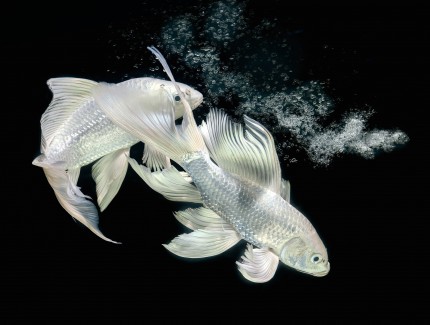

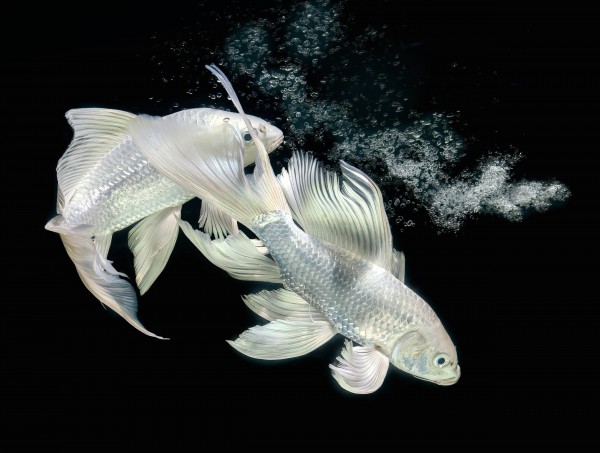


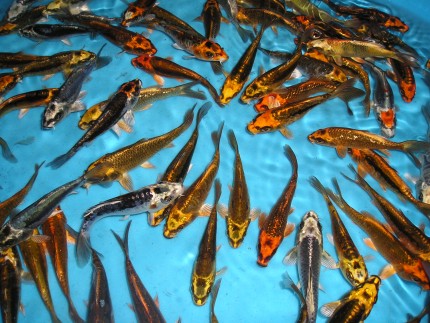
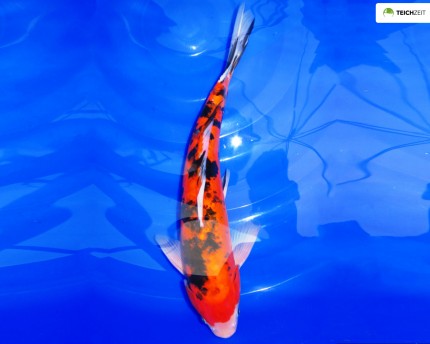

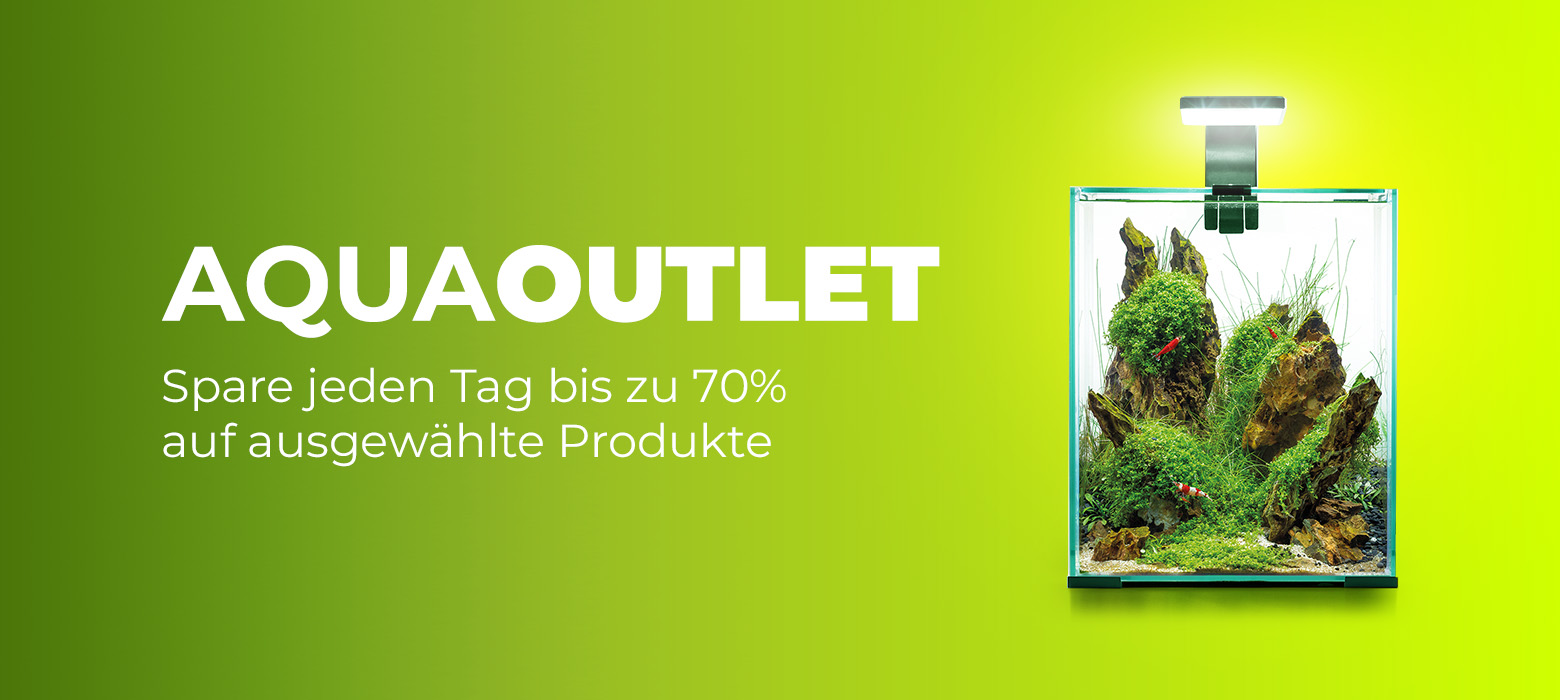
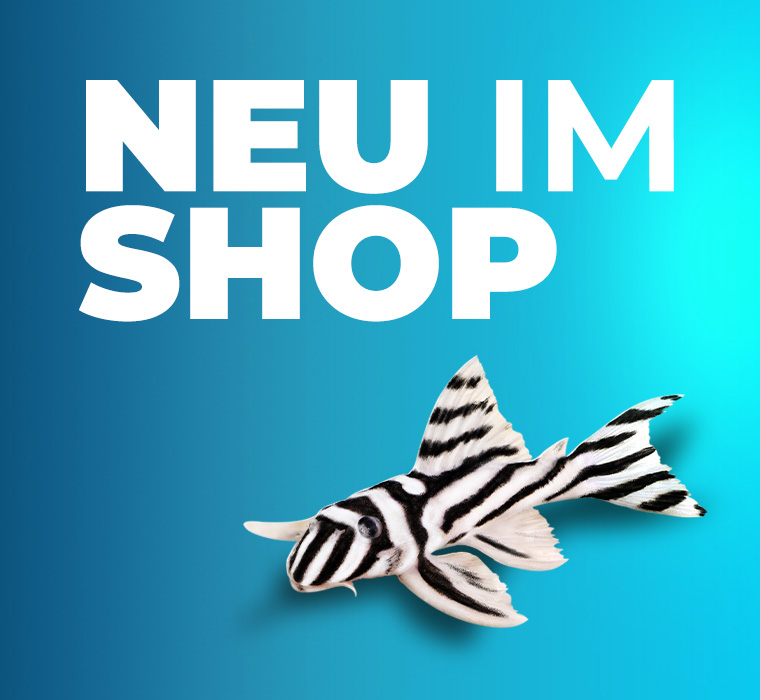
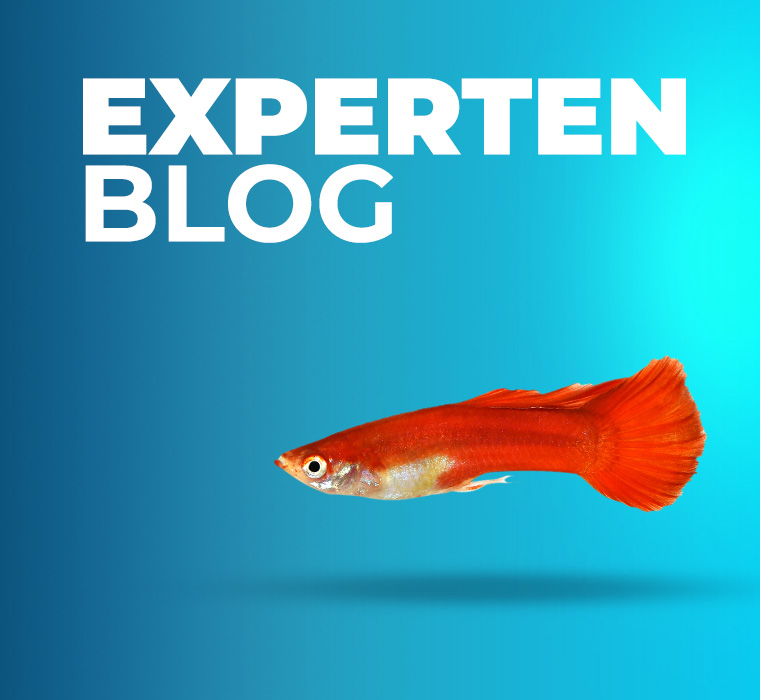
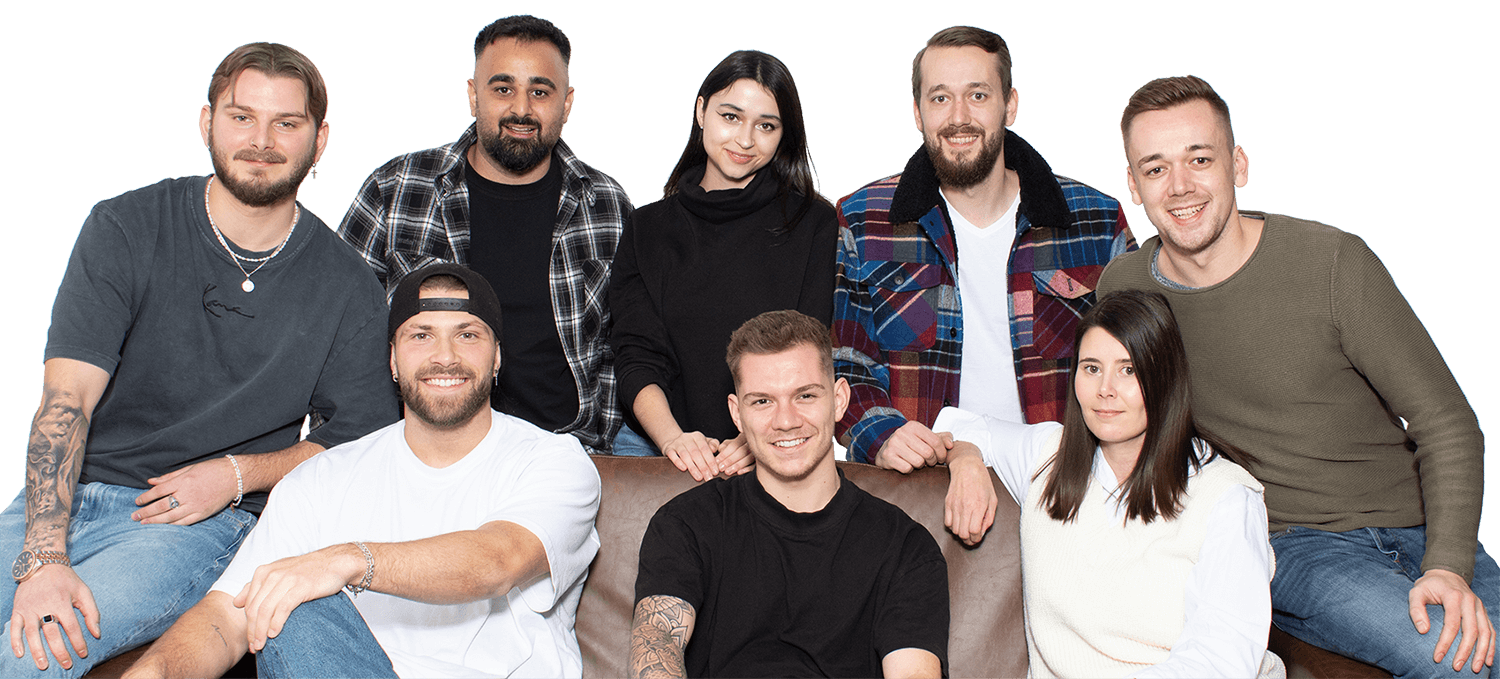
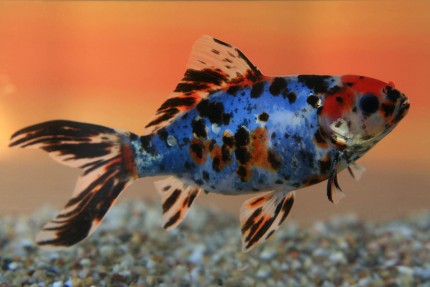
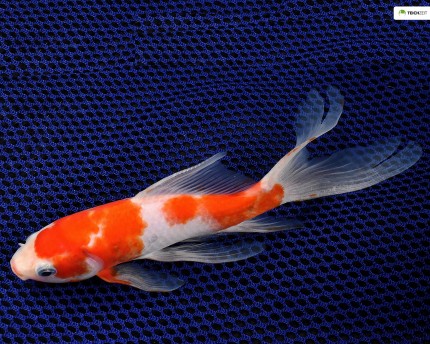
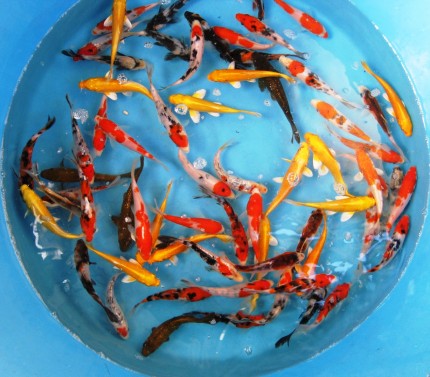
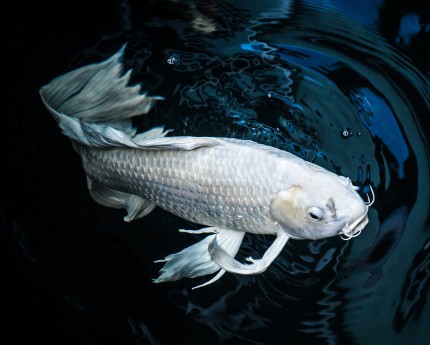
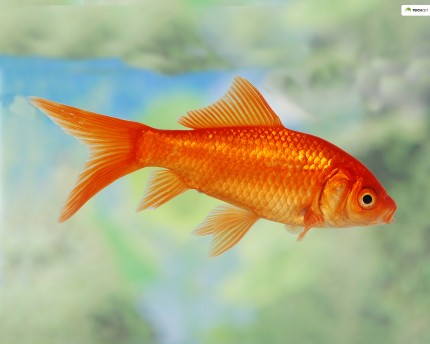
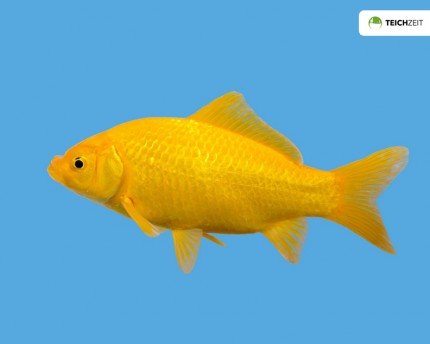
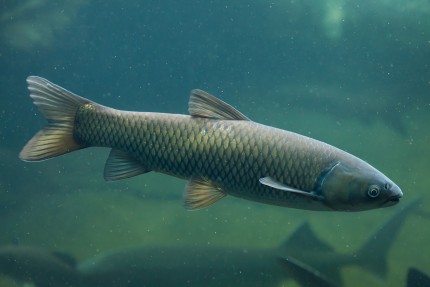
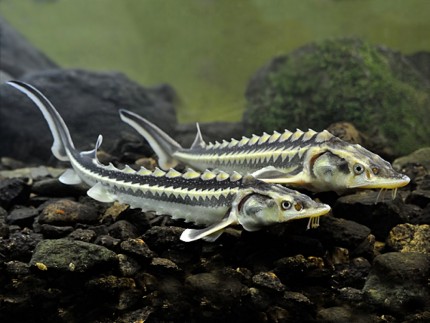
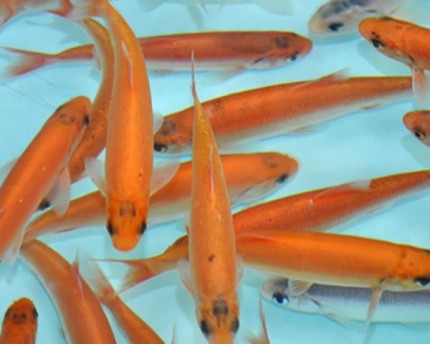
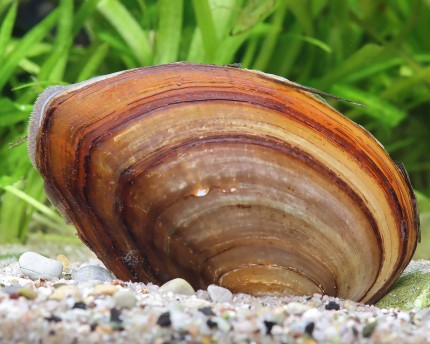
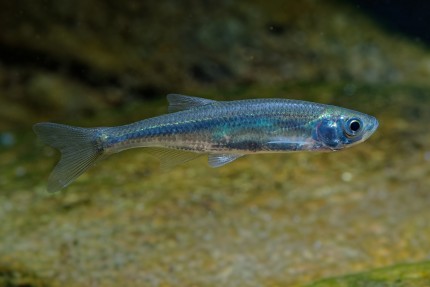
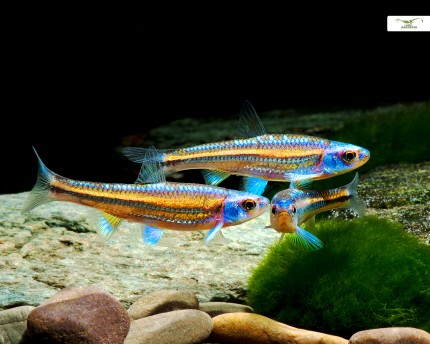
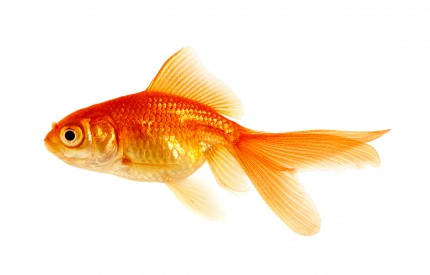
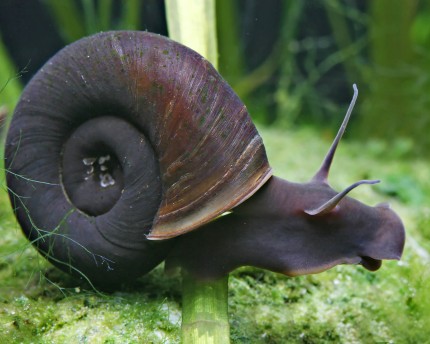
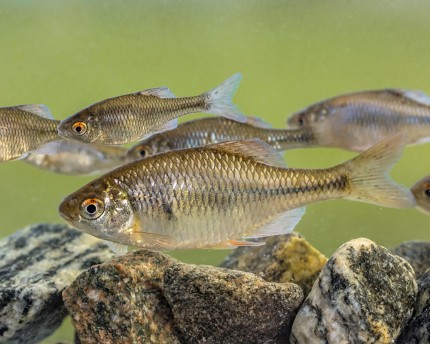
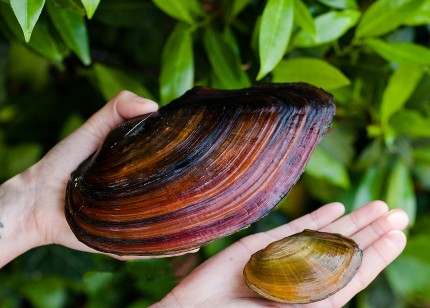
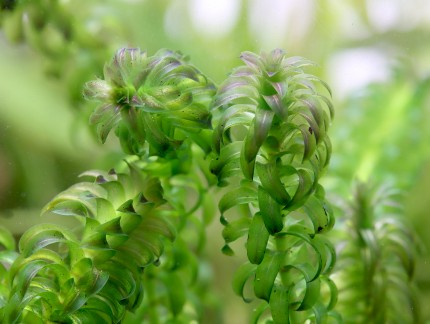
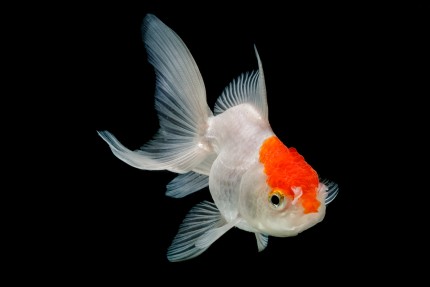
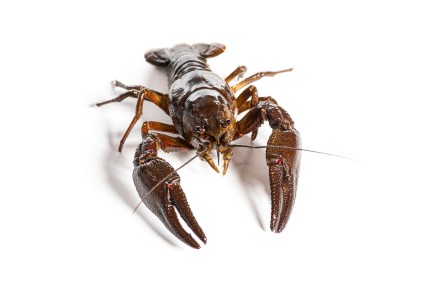
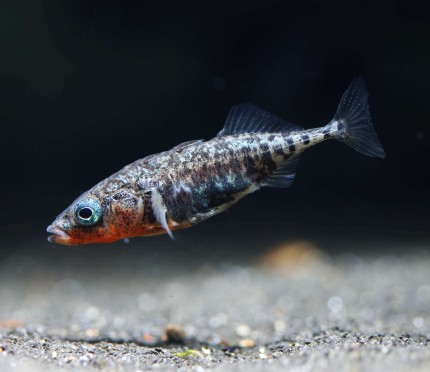
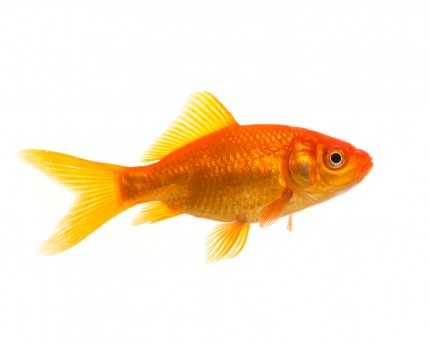
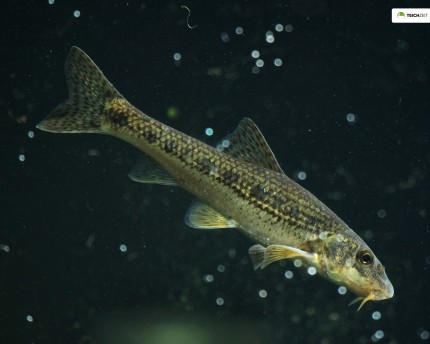
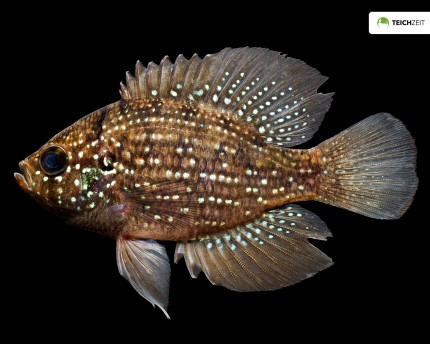
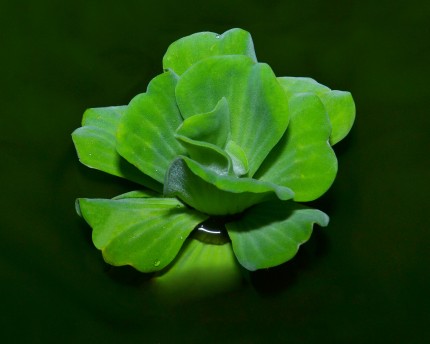
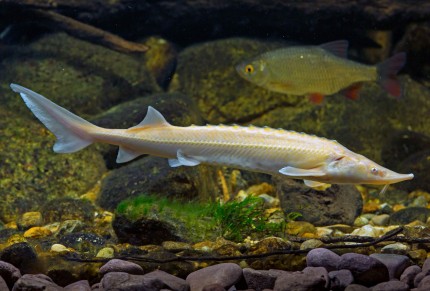
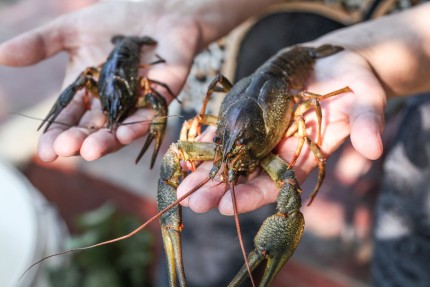
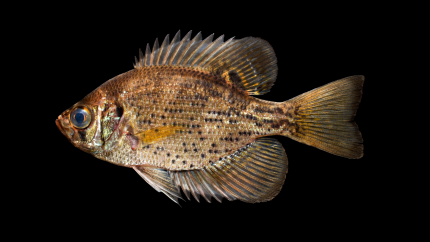
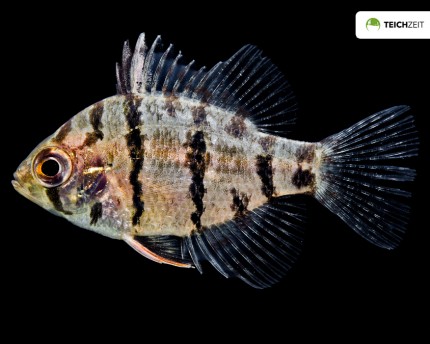
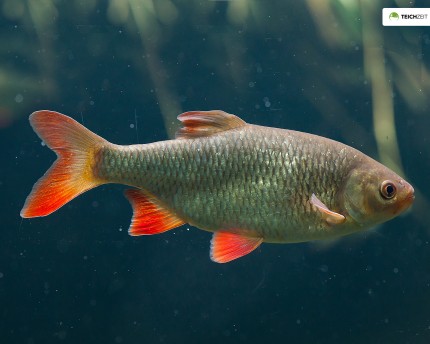
The fields marked with * are required.
I have taken note of the privacy policy.